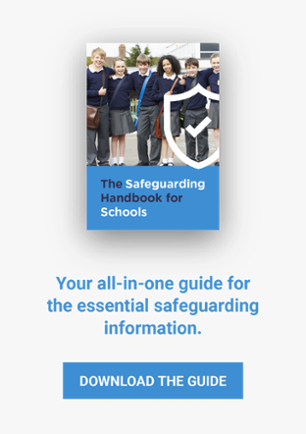Safeguarding alerts are important parts of any serious safeguarding efforts. They are crucial when it comes to providing the support, care and protection that a vulnerable child may need.
If a child is suffering or at risk of significant harm, you can raise a safeguarding alert, giving the appropriate information to the right people. Here’s what you need to know.
- What is a Safeguarding Alert?
- Who Can Raise a Safeguarding Alert?
- Why Are Safeguarding Alerts Raised?
- How Do You Raise A Safeguarding Alert?
What is a Safeguarding Alert?
If you or someone else reports an issue of abuse to an authority, this is known as raising a safeguarding alert.
The alert should be reported to an authority figure within your organisation, such as the designated safeguarding lead (DSL). It can also be reported to your local child protection service.
Who Can Raise a Safeguarding Alert?
Anyone within an organisation can raise a safeguarding alert. The issue is raising it with the appropriate member of staff. When an alert is raised, it needs to be done confidentially. In a school environment, the most appropriate people to raise an alert with is either a headteacher or a DSL.
However, an alert can also be raised with an external organisation. Each issue of abuse should be treated with severity and will be time-sensitive. In any case, you can contact:
- Your local child protection services.
- The police.
- The NSPCC Helpline (0800 800 5000). You can also email the NSPCC through help@nspcc.org.uk.
Why Are Safeguarding Alerts Raised?
Safeguarding alerts are raised so that a vulnerable child or young person can be protected and the law can be upheld.
Safeguarding alerts are made upon the knowledge of a child being abused or neglected or any other breach of safeguarding protocol. There are multiple ways in which a safeguarding issue can occur. Physical abuse, radicalisation and grooming are a small number of concerns that would need to be reported.
How Do You Raise a Safeguarding Alert?
All schools and organisations that offer education, services or care to children are legally required to have a DSL.
If you discover any signs of abuse or maltreatment directed towards a child or young person, you need to raise an alert with your organisation’s DSL.
Begin by collecting information about what you saw. You can submit this information either verbally or in writing. Similarly, this information can be submitted to your local child protection service if a DSL is unavailable.
Never directly confront the abuser as this will interfere with the safeguarding process, making it less likely that the child will be protected. In terms of interaction with the child, never put them in a situation where they feel forced to talk about their experiences. It can be an incredibly traumatising time for them and a confrontational approach may lead to even more harm being done.
Raising a safeguarding alert is just one piece of the larger framework of effective safeguarding. To gain more information and enhance your safeguarding capabilities, download our handbook.
The Safeguarding Handbook
The Safeguarding Handbook covers many areas of the safeguarding process and how you can improve your organisation’s safeguarding protocols.
It covers areas such as the legalities and responsibilities of a safeguarding provider, the disclosure process, how to recognise signs of maltreatment and more key information.
Click the link below to download your copy.
